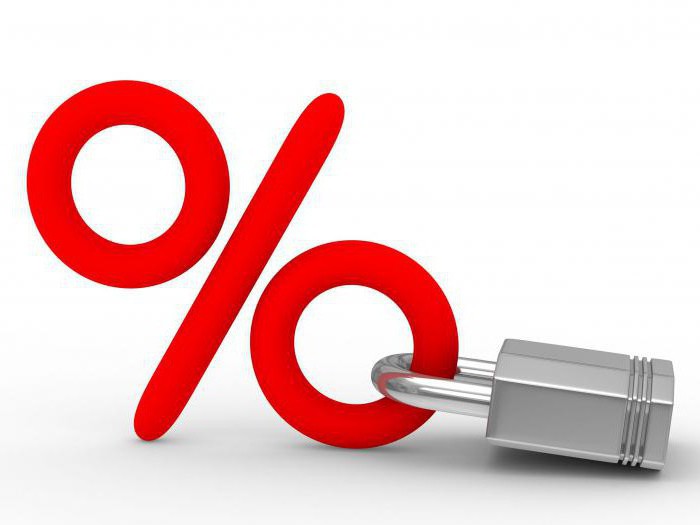The profitability index is an indicator that reflects the feasibility of investing capital in a particular project.
Formula
This indicator is a coefficient that reflects how much profit the investment project brings per one unit of funds invested in it. As you know, the feasibility of an investment project is calculated using an indicator such as net present value.

This parameter is calculated by summing the current value in each period of the project taking into account the discount factor, taking into account, therefore, all lost profits (another project, bank deposit, etc.).
ID = TTS: And where:
- ID - profitability index;
- TTS - net present value;
- And - the initial investment.
Formula feature
As you know, the net present value indicator sums up all discounted payment flows of the investment project, including the originally spent capital, which, as a rule, is spent in the period T0, and the value of the discount factor applied to it is equal to unity.
However, when calculating the profitability index, the net present value indicator is taken without taking into account the invested capital. Thus, the NWT will be equal to the economic effect of the invested funds.
Discounted Return Index
Very often, investors resort to evaluating the profitability of their project when taking into account all payments: both the initial capital spent and the subsequent costs that arise during the implementation of the investment project. In such cases, a parameter called the discounted project profitability index comes to the rescue.

The indicator is a modification of the classic index, but takes into account all the costs incurred by the company for the full duration of the investment project, taking into account the discount factor.
IDD = (∑ PP: (1 + p)n): (∑ I: (1 + p)n), where:
- IDD - discounted return index;
- PP - the flow of payments, that is, the difference between revenues and costs;
- p is the calculation rate laid down in the calculation;
- And - the costs.
In another form, the coefficient formula can be represented as the ratio of net present value to the sum of all expenses, taking into account the discount factor for a certain period.
Difficulty in calculating
There is no difficulty in calculating the factual return index. However, after the investment project has ended, there is no sense in calculating the profitability of the project, net cost and other factors that characterize its feasibility.
The calculation of these parameters must be carried out in order to decide whether to invest at all in a particular project. That is, before starting a business, when it is still not known what amount of income the investor will receive in the future.
This is the biggest difficulty. There are no special problems with choosing a discount rate, since there is always at least one simplest alternative investment option - a deposit in a bank. And the size of the deposit rate will act as a discount factor.

The size of future revenue may be affected by a number of factors. For example, the cost of production, sales, the situation with demand and supply, interest rates in the bank, as well as the situation on the market in general.
Internal profitability
When a hypothetical size of income is established, the investor must calculate the index of internal profitability - the interest rate at which all income will be equal to the amount of investment.
The formula for calculating this index follows from the methodology for calculating net present value. In this case, the index of internal profitability is variable, and the net present value is zero.

There is also a second, easier way to calculate the internal percentage. To do this, the investor must "play" with the size of the bet, making several calculations of the NTS with different calculation percentages. The difference in the estimated rate should be no more than five percent. Otherwise, the result will not be accurate. To calculate the percentage, you must first find the rates at which the indicator of present income will have a positive and negative value. After that, you can use the following formula:
IVD = PSm + RPS x (TTSP : TTSP - (TTSabout)), where:
- IVD - index of internal profitability;
- PSm - lower interest rate;
- RPS - the difference between the two interest rates (from the higher it is necessary to subtract the lower);
- TTSP - the positive value of net present income;
- TTSabout - the negative value of net present value.

This formula makes it possible to calculate the internal rate of return, using only improvised means. Substituting the necessary data into it, you can find the rate at which the investment project will be profitable. If at the end of the project the net present value is above zero, this will mean that the investment has paid off, and the rate of return has exceeded the estimated calculation percentage.
Normative value
As such, there is no established rate of return index. All that matters is that its value be greater than one. This will talk about the profitability of the project. The higher the index value, the more profitable the investment. In the event that the profitability index is below unity, it is necessary to close the project, since the invested funds are not returned. In a situation where ID = 1, the investor does not receive any profit or loss.
For clarity, it is worth considering an example.
The duration of the investment project is three years. The calculation percentage is 6%. The size of the investment is 10 thousand rubles. In the first year, the project brings 3,500 rudders, in the second and third years - 4 thousand rubles.
The first step is to calculate the net present value of the project excluding investments in period T0.
TTS = 3500: 1.06 + 3500: 1.062 + 3500 : 1,063 = 10 220.3 rubles.
Next, we calculate the profitability index:
ID = 10 220.3: 10 000 = 1.02203.
So, the profitability index is more than one, this indicates the feasibility of the investment project.
If, for example, in the second year, the amount of income would be 3,500 rubles, then the net present value would be 9,775.3 rubles. In this case, the project would not be effective, since the profitability index would be 0.977, i.e., below unity.